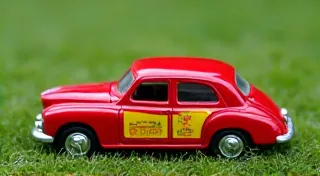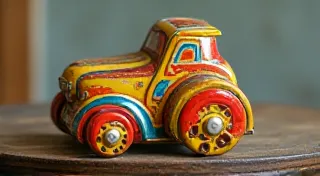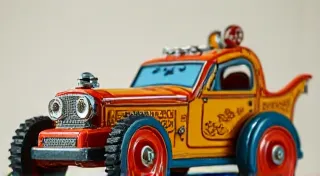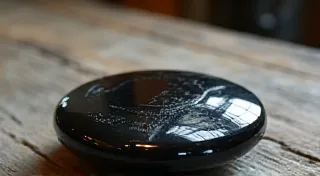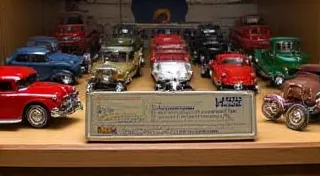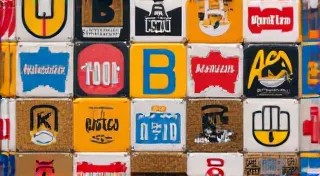Celebrating the Nostalgia: Why Vintage Toy Cars Still Matter
For many, the allure of vintage toy cars extends far beyond their monetary value. While some collectors are driven by the potential for investment, the deeper, more enduring appeal lies in the potent wave of nostalgia and emotion these miniature vehicles evoke. These aren't just toys; they're time capsules, tangible links to childhood memories and a bygone era. This article delves into the reasons why vintage toy cars continue to hold such significance and why their collecting has remained a beloved hobby for generations.
More Than Just Metal and Paint: The Cultural Significance
The history of toy cars is intrinsically woven into the broader narrative of cultural shifts and technological advancements. Consider the early days of miniature automobiles. They emerged alongside the rise of the actual automobile, reflecting the fascination and awe that real cars inspired. The first toy cars were often handmade, simple wooden models that sparked the imaginations of children in a world where owning a real car was a luxury.
As manufacturing processes became more sophisticated, so did toy cars. The introduction of pressed steel construction in the early 20th century allowed for more intricate designs and greater durability. Companies like Marx, Lionel, and Buddy L became household names, producing iconic models that defined a generation’s playtime. These companies weren't simply making toys; they were creating symbols of aspiration and adventure.
The post-World War II era witnessed an explosion in toy car production, fueled by economic prosperity and a renewed sense of optimism. Models became increasingly detailed, mirroring popular car designs and incorporating innovative features. The rise of television and advertising further amplified the appeal of toy cars, turning them into coveted status symbols for children. The ease of buying and selling has also transformed the landscape - something we're seeing explored more deeply with the rise of online auctions and the global accessibility of the vintage toy car market.
Different eras also left their distinctive marks. The 1950s brought chrome and extravagant styling. The 1960s reflected the burgeoning hot rod culture. The 1970s saw experimentation with new materials and designs. Each decade represents a unique chapter in the story of toy car collecting.
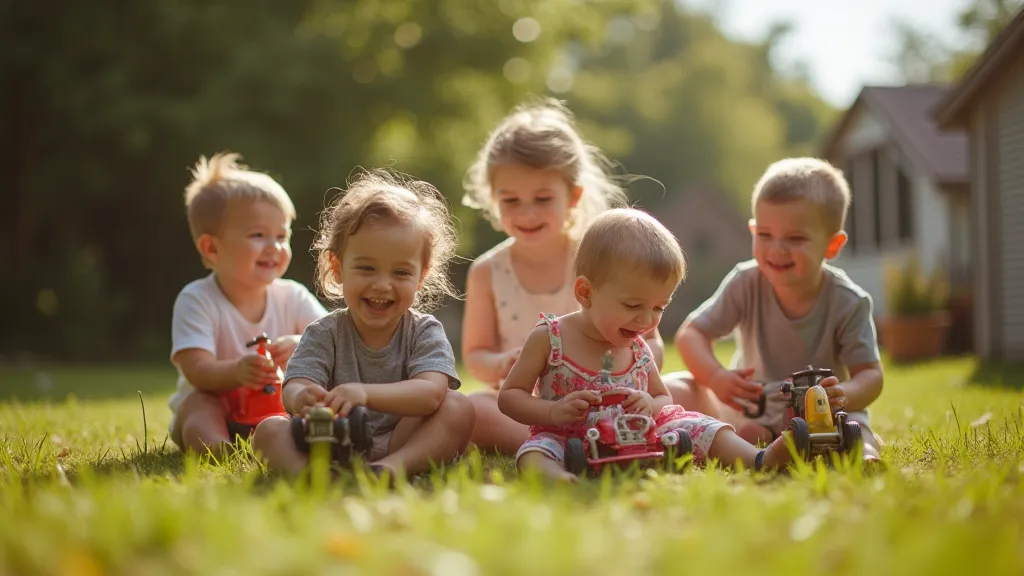
The Emotional Connection: A Trip Down Memory Lane
For many collectors, the emotional connection to vintage toy cars is the driving force behind their passion. These miniature vehicles often represent a gateway to cherished childhood memories – the excitement of Christmas morning, the thrill of playing with friends, the comfort of a familiar toy held close. They are tactile reminders of a simpler time, evoking feelings of innocence, joy, and wonder.
Imagine the scent of aged metal and faded paint – it's not just an odor; it's a trigger, instantly transporting you back to a specific moment in your past. The sight of a particular model might remind you of your grandfather, a beloved family member, or a formative experience. These associations imbue the toy cars with a profound emotional significance that transcends their material value. It’s a phenomenon that unearths far more than just old playthings; it can reveal lost childhoods, and many find the process of the rust of memory a deeply affecting journey.
It’s common for collectors to seek out models that were popular during their childhood, not necessarily because they are rare or expensive, but because they represent a tangible link to their personal history. The act of collecting becomes a form of self-discovery, a way of reconnecting with lost parts of oneself. The restoration process itself is almost therapeutic for some, allowing them to reconnect with the joy of creation and the satisfaction of bringing something old and forgotten back to life.
The Collecting Landscape: More Than Just Acquisition
Toy car collecting isn’t simply about acquiring as many models as possible. It's a multifaceted hobby that encompasses research, restoration, display, and community building. Serious collectors often delve into the history of specific manufacturers, models, and production techniques. They spend countless hours poring over catalogs, advertisements, and historical records, seeking to uncover the stories behind their prized possessions. The understanding of production techniques is critical; knowledge helps avoid costly mistakes when spotting fake vintage toy cars.
Restoration is another vital aspect of the hobby. Many vintage toy cars are found in less-than-perfect condition, requiring careful cleaning, repair, and repainting. Restoration isn't about making the toy look brand new; it’s about preserving its originality and character while ensuring its longevity. It's a process that demands patience, skill, and a deep respect for the history of the toy. Often, the process reveals surprising details about the manufacturing era - small imperfections that tell a story of their own.
Displaying a collection is also an art form. Collectors often create elaborate dioramas and vignettes to showcase their prized possessions, creating miniature worlds that evoke the spirit of the era. The display becomes a testament to the collector's passion and creativity. Detailed research into the era is often required to accurately recreate the scenes and settings for the dioramas, adding another layer of depth and authenticity to the display. Understanding the nuances of a manufacturing period can be a deep dive, and the story of cast iron toy cars provides a fascinating perspective.
The community aspect of toy car collecting is also significant. Collectors connect with each other through online forums, social media groups, and local clubs, sharing their knowledge, trading models, and celebrating their shared passion. These communities provide a sense of belonging and offer invaluable support for those new to the hobby. The exchange of information and experience within these communities is crucial for both novice and seasoned collectors alike.
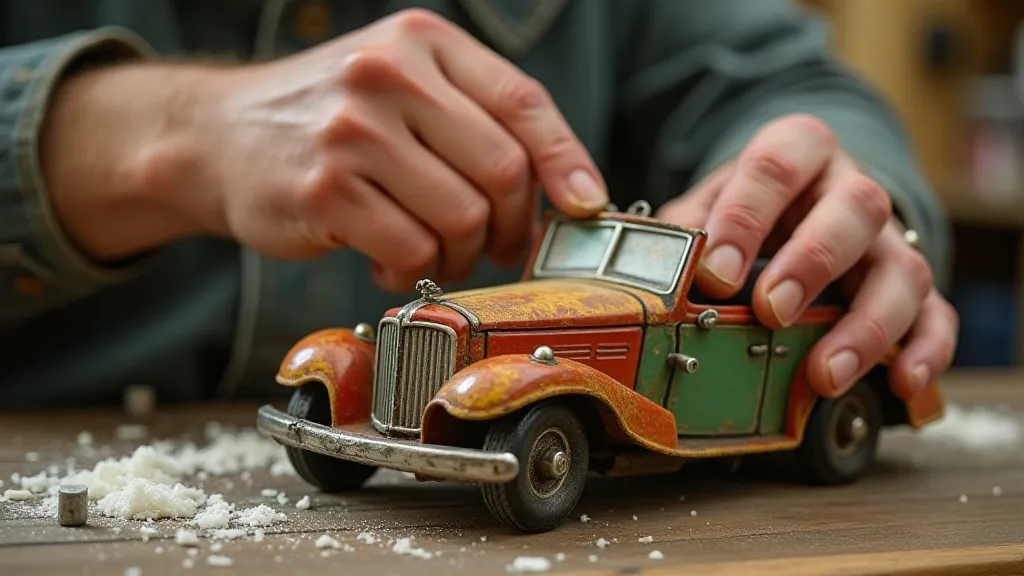
Investment vs. Passion: The True Value
While the potential for investment is certainly a factor for some collectors, it's often a secondary consideration. The true value of a vintage toy car lies in its emotional significance, its historical context, and the joy it brings to the owner. A pristine, boxed model might command a high price, but a well-loved, slightly worn example can hold far more sentimental value. The market is fickle, and what’s hot today might be less desirable tomorrow. Understanding market trends is important, but ultimately, collecting should be driven by passion, not profit.
The market for vintage toy cars can be volatile, influenced by trends, rarity, and condition. It's important for collectors to approach the hobby with a long-term perspective, focusing on acquiring models that they genuinely love and appreciate, rather than chasing after fleeting trends. A good rule of thumb is to buy what speaks to you, regardless of its perceived value.
Ultimately, the best collectors are those who are passionate about the history, the artistry, and the cultural significance of these miniature marvels. They understand that the true value of a vintage toy car extends far beyond its monetary worth. They appreciate the stories behind the models, the ingenuity of the designers, and the cultural impact of these small toys.
Preserving a Legacy: Why Collecting Matters
The act of collecting vintage toy cars is more than just a hobby; it’s a form of preservation. By acquiring, restoring, and showcasing these miniature treasures, collectors are ensuring that they are not forgotten. They are keeping alive the memories of a bygone era and passing on a legacy to future generations. The stories behind these toys provide a fascinating glimpse into the past, offering insights into the social, economic, and technological landscape of the time.
These toy cars are tangible reminders of a time when things were simpler, when imagination reigned supreme, and when playtime was a cherished part of everyday life. They represent a connection to our past and a celebration of the enduring power of play. The joy and wonder these toys evoke remind us of the importance of preserving childhood memories and fostering creativity in future generations.
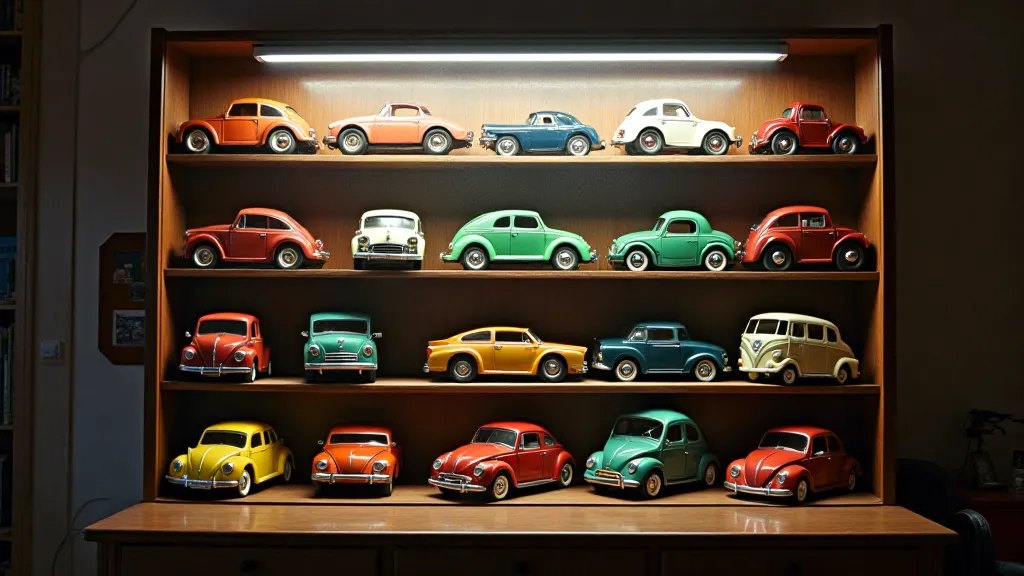
So, whether you're a seasoned collector or just beginning to explore the world of vintage toy cars, take a moment to appreciate the history, the artistry, and the enduring appeal of these miniature marvels. They are more than just toys; they are time capsules, tangible links to childhood memories and a bygone era. This is why the history of cast iron toy cars is so compelling.
